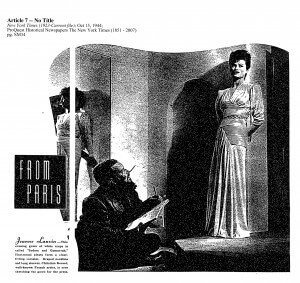
This Jeanne Lanvin gown would have been among some of the first images of Parisian design under the Occupation released to New York readers.
Despite my love for both fashion and history, it was not until recently that I discovered that during the Second World War, the Nazis tried to co-opt the Parisian fashion industry and bring all their entire operations to Berlin. Seems like a bit of a waste of time when fighting a war, but the Nazis insisted on being the best at everything (including the production of fashion) and set their sights on a fashion industry that is still revered world wide today. Here’s a brief history of Parisian fashion during that time.
As early as 1860, over half of the working women in Paris were employed in needlework. In 1938, the clothing industry earned 25 billion francs, proving it had survived the Depression. The New York Times reported in 1945 that Parisian fashion in peacetime employed about two million people and was France’s second largest export, with the US as its best customer. Indeed, Parisian fashion designers made money simply from selling toiles, or sample pieces, to American retailers to adapt from and mass produce.
Representatives from many nations, including Germany, travelled to Paris twice annually to see seasonal openings and take note of current trends. The Nazis had attempted to put forth their own fashion aesthetic upon their seizure of power in 1933, but they never fully cut off ties from Parisian fashion. They had hoped to create a German-led fashion industry that would eclipse Paris, but in reality, German designers needed inspiration from Paris.

Marcel Rochas was another designer working during the Occupation. His fashion house continues to live on as simply “Rochas.”
As the New York Times reported in January 1941, the Germans boasted that Vienna would be the new style center of the world. Further, the paper reported that the Germans were “transferring silk looms from Lyons to Germany and inviting the great dressmakers to move their workshops there.” Head of the Chambre Syndicale de le a Couture Parisienne, designer Lucien Lelong, fought tirelessly to prevent this. He knew that with the Occupation, Parisian designers would no longer be able to show collections internationally or continue trading with the Allies. To keep the industry together, it would have to be conducted in a brand new way.
Lucien Lelong accommodated the Occupation because to him, preserving Parisian fashion was a triumph, and to keep it in Paris was his form of resistance. He argued that the Parisian fashion industry could not design anywhere but Paris,12 explaining that results would not be the same and the Germans would be unable to profit the way they had hoped. Timing was on Lelong’s side: soon, the Nazis launched the largest invasion in history against the USSR and no longer had time to argue over dressmaking.

Lucien Lelong worked tirelessly to protect the fashion industry from the Nazi take-over. To him, resistance was to continue designing and to employ as many workers as possible.
Since the liberation of France in 1944, Parisian designers have come under attack for their “collaboration”- accused of having designed dresses during the Occupation, sometimes selling to Nazis and their wives. Not only is this allegation nearly impossible to conclusively prove, but it is more important to note that many designers, like Lelong, had no idea how long Paris would be occupied, and did their best to simply remain employed. Rather than see their industry forcibly moved to Berlin, they sought to prove that it would be best left in Paris, with its designers still working. In contrast to collaboration, designers like Lelong (and his 2 most famous employees, Christian Dior and Pierre Balmain), called their actions resistance.
Have a question about fashion history? Comment here below, e-mail me, or share it with us on Twitter and Facebook!
Carla-Jean
carla@nowthatslingerie.com
References:
Valerie Steele, Paris Fashion, 250.
Lou Taylor, “Paris Couture, 1940-1944,” 127.
“Paris Dress Shops Were Cool to Nazis,” New York Times, April 19, 1945, 24.
Rebecca Arnold, The American Look: Fashion, Sportswear and the Image of Women in 1930s and 1940s New York(London, New York: I.B Tauris, 2009), 6.
Virginia Pope, “The Fashion Capital Moves Across the Seas,” New York Times, August 18, 1940, 92.
Irene Guenther, Nazi Chic?, 203, 203-05, 208-09. Guenther writes that on one occasion, a German designer even stole a button off a Schiaparelli sample outfit.
“Vienna Style Center of World, Say Nazis,” New York Times, January 16, 1941.
Mildred Adams, “Westward the Way of Fashion,” New York Times, January 19, 1941.
Dominique Veillon, Fashion Under the Occupation. Trans. Miriam Kochan (Oxford and New York: Berg Publishers, 2002), 86.
Image Sources:
Jeanne Lanvin Gown Photo: New York Times October 15th, 1944, pg SM34.
Lucien Lelong Design from 1941: http://hprints.com/db/P_benigni_1941_lelong_v.jpg
Marcel Rochas Design from 1943: http://hprints.com/db/Rochas_1943_mourgue.jpg
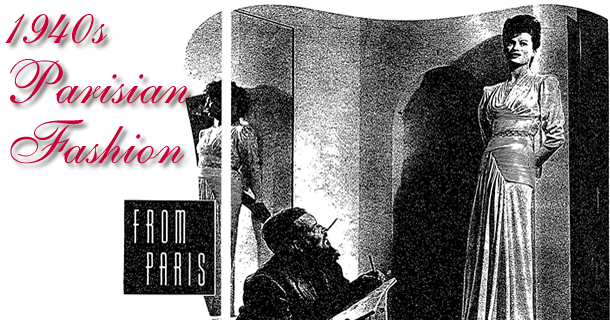
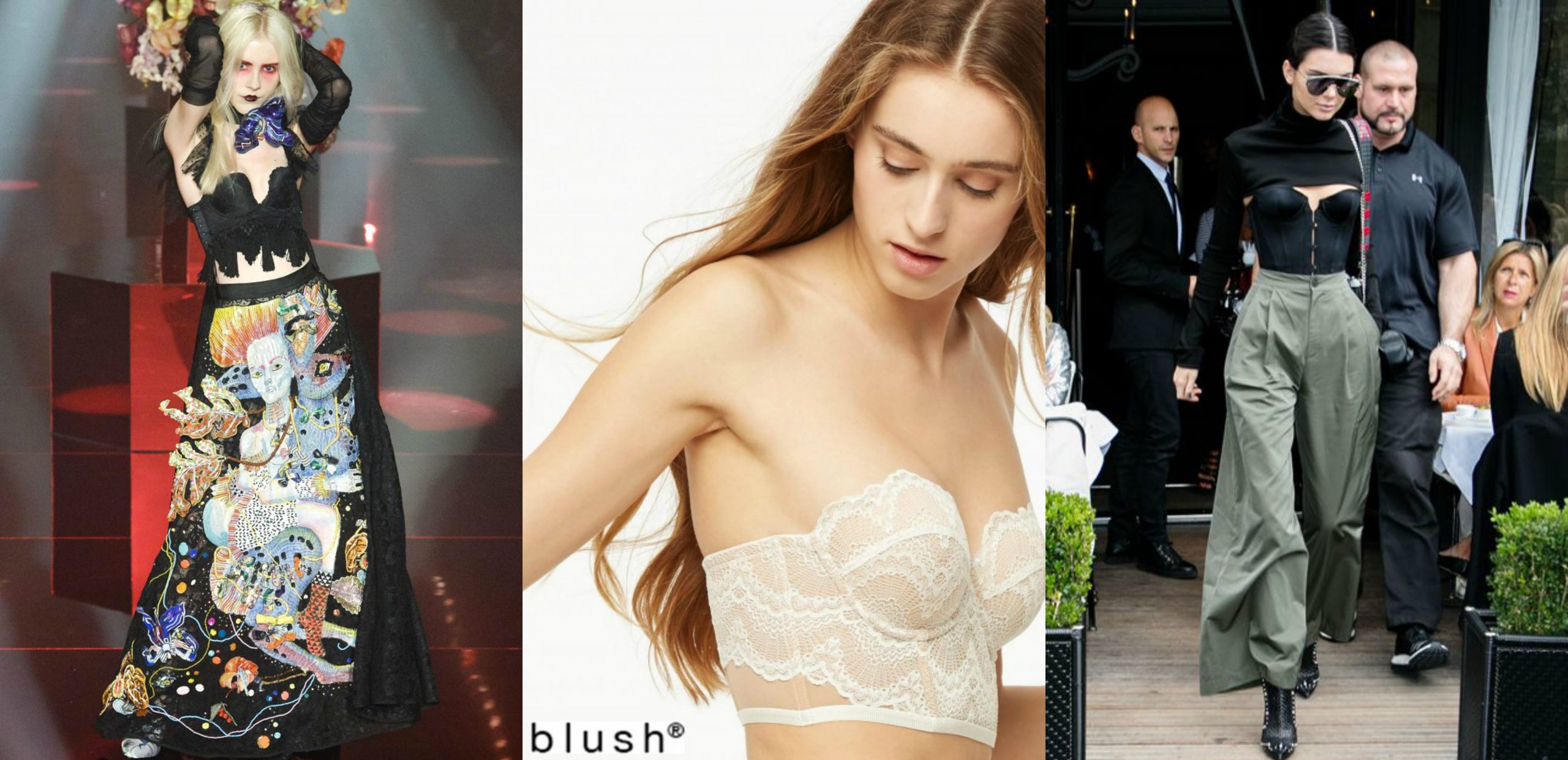
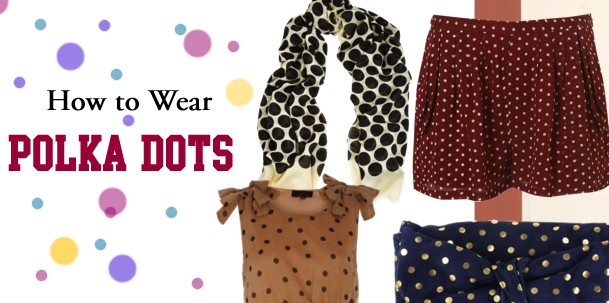
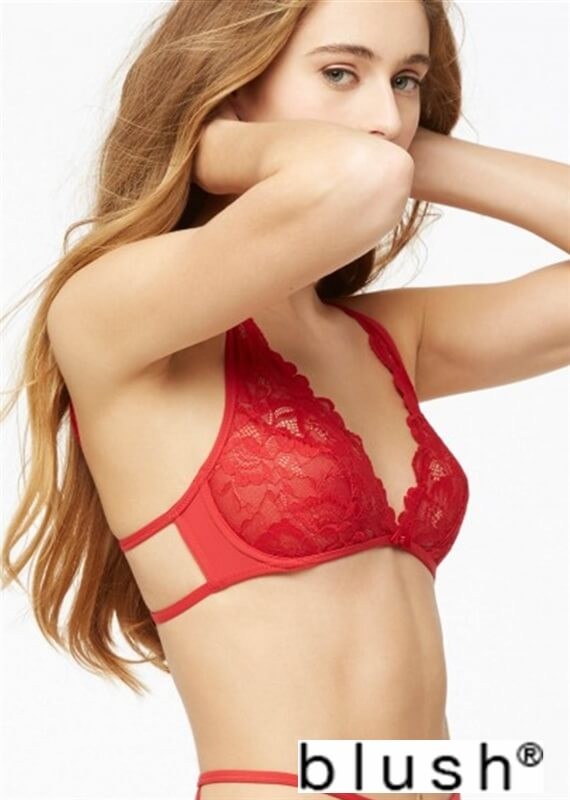
Leave a Comment